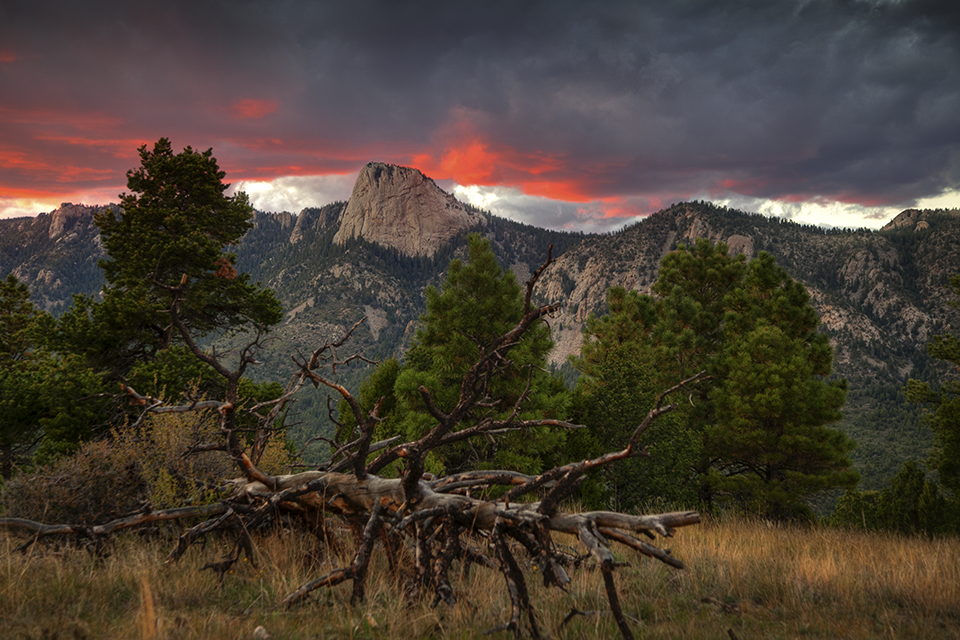Tooth of Time
This is the un-cropped version of the picture that is used on the header of this site. I attended the first Philmont Photographic Workshop at Philmont Scout Ranch in October of 2011. I was surprised and honored that Canon, a supporter of the workshop, selected this picture to print in a limited edition of 100 to be sold at Philmont with proceeds going to the benefit of Philmont. I was asked for a bio to accompany the photograph and it includes my history with Philmont beginning in 1960. Everyone who has been there never tires of returning. It is a special place.
The ranch also has a tie to a 10 year long effort to collect oral histories and make photographs of Delaware Indians. Waite Phillips, who donated the ground that is now Philmont, once worked for his two brothers who formed Phillips 66, the oil company now know as ConocoPhillips. The first productive oil well for Phillips 66 came from the government land allotment to Anna Davis, a Delaware woman in Oklahoma. The history of the Delaware Indians, known among other tribes as the grandfather tribe, comes to light in the ceremonies of the Order of the Arrow, an honorary camping society of the Boy Scouts. My interest in the Delawares began in my youth in Scouting and decades later resulted in an award-winning book, Long Journey Home: Oral Histories of Contemporary Delaware Indians, published by Indiana University Press.
Today, Philmont is one of the high adventure camps of the Boy Scouts where thousands of Scouts and Venturers make wilderness treks in the mountains of New Mexico. Philmont also serves as a training center for adult volunteers in Scouting.
The Tooth of Time is easily visible from the base camp and the adult training center. When my son and I made a trek, we stood on the top of the Tooth of Time as we returned to base camp. The “Tooth” is a visual symbol standing for all the good times and experiences that thousands experience each year. When you see it, you remember your trek–even as far back as 1960.

